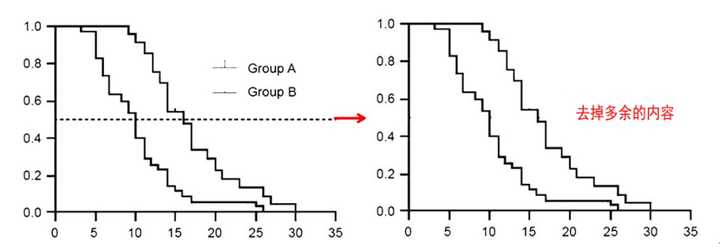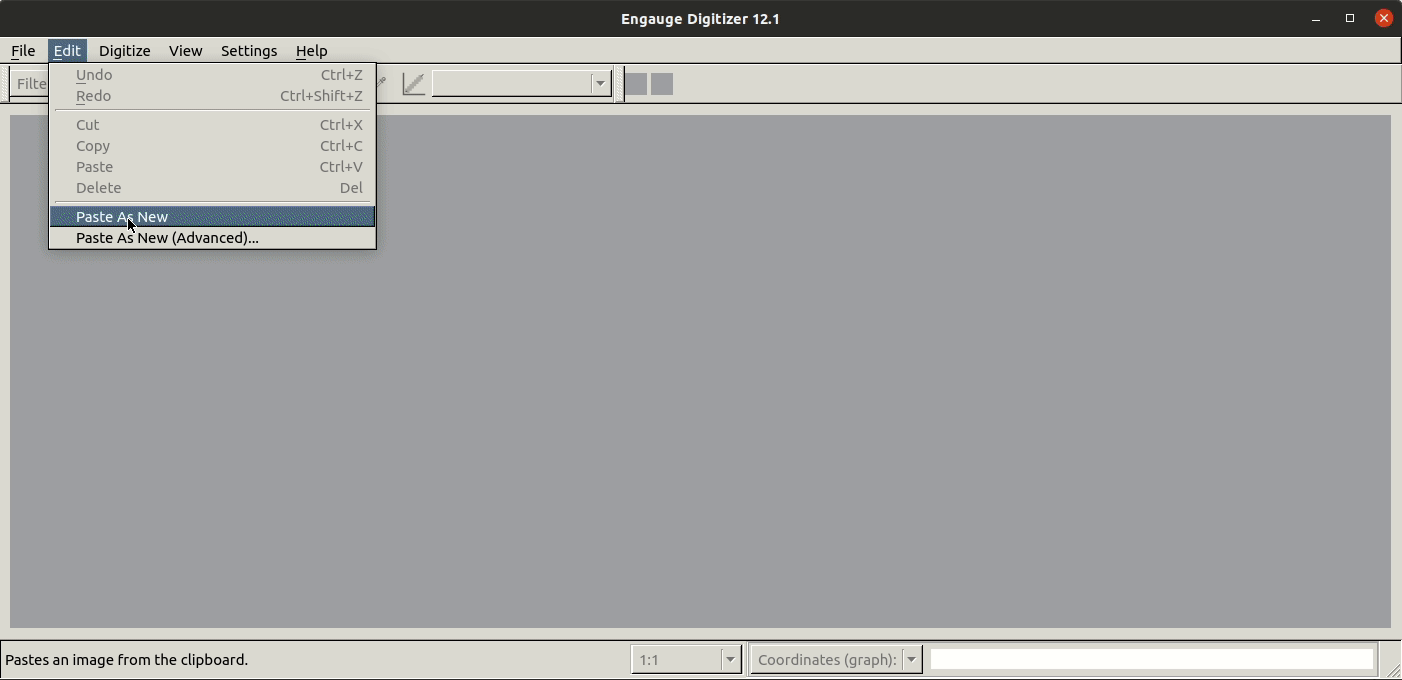

- #Engauge digitizer 5.1 pdf#
- #Engauge digitizer 5.1 manual#
- #Engauge digitizer 5.1 plus#
- #Engauge digitizer 5.1 series#
However, such software is designed for manual use and thus requires human intervention, such as in calibrating the chart axes, making it unsuitable for automatically extracting data from a large number of data charts.įigure 1 shows examples of charts used in the 2013 White Paper on Tourism Footnote 7, which was published by the Japan Tourism Agency. To meet such demands, various types of chart digitizing software such as WebPlotDigitizer Footnote 5 and DataThief Footnote 6 have been developed.

There have been certain demands for extracting values from statistical charts among the scientific community, typically for reusing data published in old papers. Furthermore, legacy data are generally published in such formats.
#Engauge digitizer 5.1 pdf#
The percentage of data published in machine-readable formats, such as CSV and RDF, will increase, but a certain amount of data will continue to be published in PDF or image files for a while. They cannot afford to convert such data into machine-readable formats by themselves. One of the major reasons for such hasty data publishing was limited budgets and human resources in governmental agencies. Such datasets earn only one star in Berners-Lee’s rating scheme and are not readily reusable because extracting data from figures and tables in PDF files is not easy even if they are provided with open licenses. In the US data catalog site, 4838 of the 104,793 datasets are provided as PDF files. For example, of the 10,410 datasets provided by the Japanese government data site, 5452 are provided as PDF files. However, a significant percentage of published statistical data was published as charts or graphs in image or PDF files.
#Engauge digitizer 5.1 plus#
The first four plus the data are linked to other people’s data to provide context. The first three plus open standards from the World Wide Web Consortium (W3C), the Resource Description Framework (RDF) with the SPARQL Protocol and RDF Query Language (SPARQL) are used to identify things. The first two plus the data are in a non-proprietary format (e.g., CSV). The data are available in a machine-readable structured format (e.g., Microsoft Excel) instead of an image format. The data are available on the Web (in whatever format) with an open license. Tim Berners-Lee, the creator of the Web, developed a star rating scheme to encourage the publishing of data Footnote 4: These recent initiatives have led to the creation of data catalog sites by many countries, including the USA Footnote 1, the UK Footnote 2, and Japan Footnote 3, that provide data under an open reuse license. Publishing such data is expected to improve government transparency, facilitate citizen participation, and create new business opportunities. The most prominent of the recent open data initiatives to publish various kinds of data in electronic format is ones for statistical data gathered by governmental agencies . This indicates that quality control is necessary even if workers use software to extract data from chart images. Experiments in which workers were encouraged to use such software showed that even if workers used it, the extracted data still contained errors. The proposed framework is not intended to compete with chart digitizing software, and workers can use it if they feel it is useful for extracting data from charts. Experimental results demonstrated that the proposed framework and mechanism are effective. Since results produced by crowdsourcing inherently contain errors, a quality control mechanism was developed that improves accuracy by aggregating tables created by different workers for the same chart image and by utilizing the data structures obtained from the reproduced chart objects.
#Engauge digitizer 5.1 series#
The properties of the reproduced chart objects give their data structures, including series names and values, which are useful for automatic processing of data by computer. Crowd workers are asked not only to extract data from an image of a chart but also to reproduce the chart objects in a spreadsheet. This paper describes the first unified framework for converting legacy open data in chart images into a machine-readable and reusable format by using crowdsourcing. However, such software is designed for manual use and thus requires human intervention, making it unsuitable for automatically extracting data from a large number of chart images. Various types of software for digitizing data chart images have been developed. Despite recent open data initiatives in many countries, a significant percentage of the data provided is in non-machine-readable formats like image format rather than in a machine-readable electronic format, thereby restricting their usability.


 0 kommentar(er)
0 kommentar(er)
